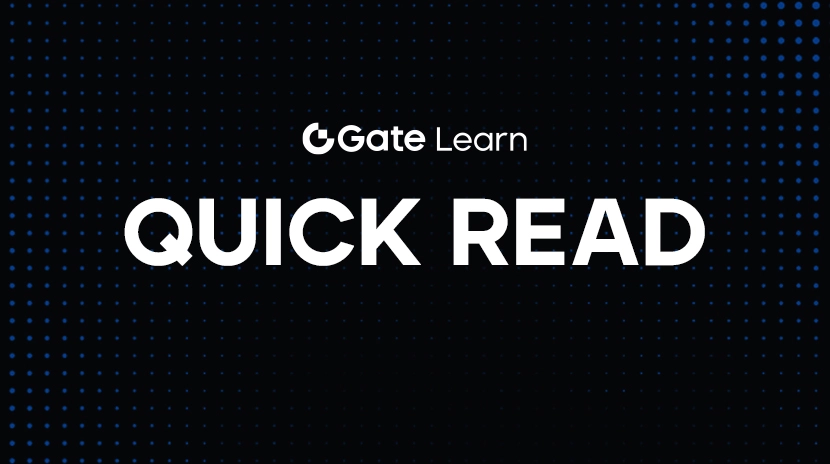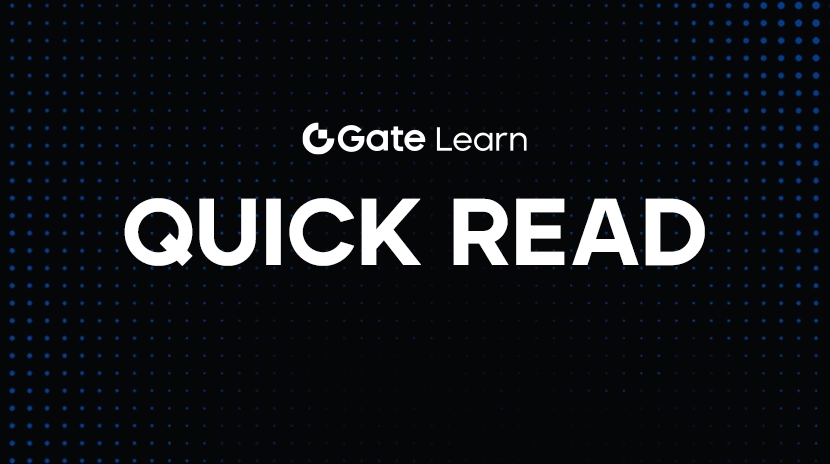Comparing XRP and Cardano: Key Differences and Investment Potential

Image source: After XRP, Cardano’s ADA Predicted to Breach $1
Introduction to XRP and Cardano
Overview of XRP and Cardano
XRP and Cardano are two prominent cryptocurrencies with distinct use cases and technological foundations. XRP, developed by Ripple Labs, aims to streamline cross-border payments, while Cardano focuses on creating a secure and scalable platform for decentralized applications (dApps).
Learn more about XRP on Gate.io Explore Cardano on Gate.io
Founding and Development Teams
XRP was co-founded by Chris Larsen and Jed McCaleb in 2012. Chris Larsen, an angel investor and privacy advocate, played a significant role in the financial technology space, while Jed McCaleb is known for his contributions to the creation of Mt. Gox and Stellar. Ripple Labs, the company behind XRP, continues to drive innovation in the global payment infrastructure.
Cardano was launched in 2017 by Charles Hoskinson, one of the co-founders of Ethereum. Hoskinson is a mathematician and entrepreneur who aimed to create a more secure and scalable blockchain platform. Cardano’s development is overseen by three key organizations: IOHK (Input Output Hong Kong), the Cardano Foundation, and EMURGO, each contributing to the project’s research-driven approach and global adoption.
Core Objectives and Use Cases
XRP’s Focus on Cross-Border Payments
XRP is designed to facilitate fast and cost-effective cross-border transactions, targeting financial institutions and payment service providers.
Cardano’s Emphasis on Decentralized Applications
Cardano leverages its layered architecture to support smart contracts and decentralized applications, with a focus on security and sustainability.
Consensus Mechanisms
Ripple Protocol Consensus Algorithm (RPCA) in XRP
Unlike traditional proof-of-work systems, XRP relies on the Ripple Protocol Consensus Algorithm (RPCA), which allows for faster transaction processing and energy efficiency.
Ouroboros Proof-of-Stake in Cardano
Cardano utilizes the Ouroboros Proof-of-Stake (PoS) consensus mechanism, which enhances security and reduces energy consumption compared to proof-of-work systems.
Transaction Speed and Costs
XRP’s Fast and Low-Cost Transactions
XRP can process up to 1,500 transactions per second with minimal fees, making it ideal for high-volume transfers.
Cardano’s Transaction Efficiency
Cardano’s PoS system allows for efficient transaction processing, though its speed varies based on network activity and smart contract complexity.
Decentralization and Governance
Centralization Concerns in XRP
XRP has faced criticism for its perceived centralization due to Ripple Labs’ significant control over the token supply.
Cardano’s Approach to Decentralized Governance
Cardano employs a decentralized governance model where ADA holders can participate in decision-making through the Catalyst voting system.
Market Performance and Adoption
XRP’s Partnerships with Financial Institutions
XRP has established partnerships with major financial institutions, including Santander and American Express, to enhance global payment solutions.
Cardano’s Collaborations and Ecosystem Growth
Cardano has formed alliances with governments and educational institutions to drive blockchain adoption and innovation.
Recent Developments
U.S. Government’s Consideration of XRP and Cardano for Strategic Crypto Reserve
Recent discussions have emerged about the potential role of XRP and Cardano in the U.S. government’s strategic crypto reserve, highlighting their growing significance in the crypto space.
Investment Considerations
Risk Factors and Regulatory Challenges
Both XRP and Cardano face regulatory scrutiny and market volatility, which can impact their long-term growth potential.
Long-Term Potential and Use Case Viability
XRP’s established partnerships and Cardano’s robust technological framework position them as strong contenders in the crypto market.
Conclusion
Summarizing the Strengths and Weaknesses of XRP and Cardano
While XRP excels in cross-border payments, Cardano’s strength lies in its decentralized application ecosystem. Investors should consider their unique features and potential risks before making investment decisions.
Final Thoughts on Investment Potential
With growing adoption and technological advancements, both XRP and Cardano offer promising opportunities for long-term investors.
Screeshot time 03.19.2025
Related Articles

Pi Coin Transaction Guide: How to Transfer to Gate.io

Flare Crypto Explained: What Is Flare Network and Why It Matters in 2025

How to Use a Crypto Whale Tracker: Top Tool Recommendation for 2025 to Follow Whale Moves

2025 BTC Price Prediction: BTC Trend Forecast Based on Technical and Macroeconomic Data

What is N2: An AI-Driven Layer 2 Solution


